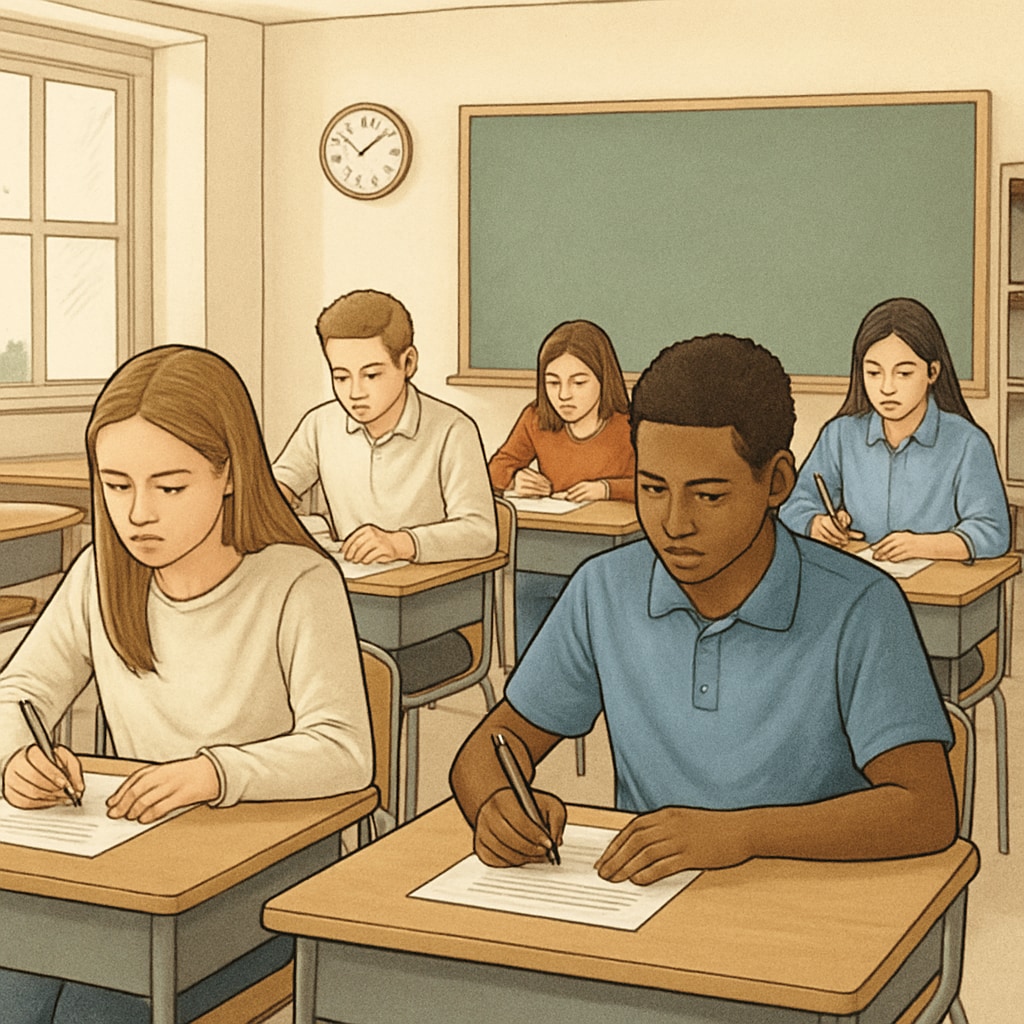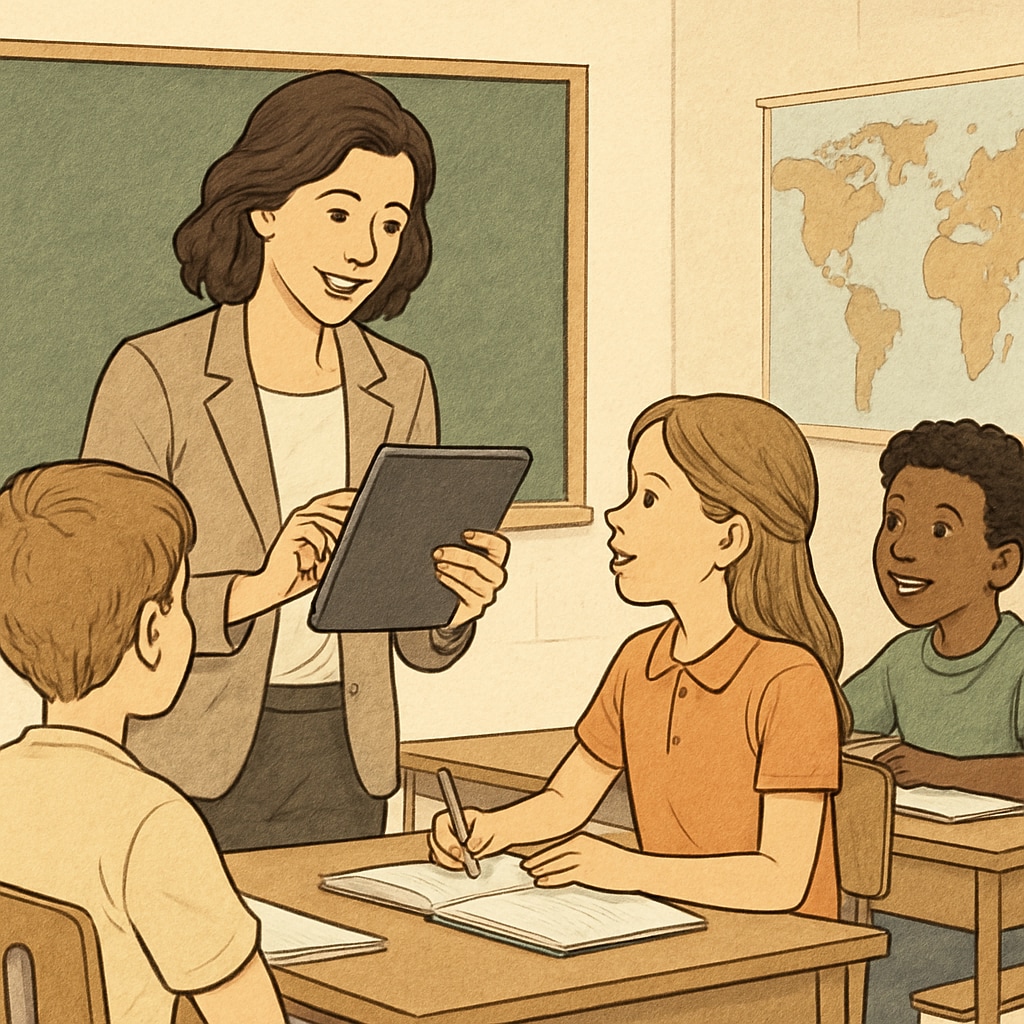The introduction of cell phone bans in schools has become a hot topic across several states, aiming to enhance school safety, improve the learning environment, and ensure students’ focus during class hours. However, these policies have sparked debates about their long-term impact on education and their alignment with the demands of the digital age. Balancing the benefits of distraction-free learning spaces with the necessity of preparing students for a technology-driven world is no easy task. This article examines the multifaceted implications of these bans and explores viable alternatives to address the core concerns.
How Cell Phone Bans Shape School Safety and Learning Environments
One of the primary justifications for implementing cell phone bans in schools is the aim to reduce distractions, increase classroom focus, and enhance overall school safety. For example, studies have shown that limiting students’ access to phones during school hours can lead to improved academic performance, as students are less likely to engage in texting or social media during lessons. Additionally, schools argue that these bans help create a safer environment by reducing cyberbullying and unauthorized content sharing.
However, critics point out that the absence of phones can limit students’ ability to communicate in emergency situations or access digital resources necessary for modern education. While the intention behind these bans is clear, their effectiveness may depend on how well schools implement complementary policies to address these potential downsides.

Balancing Digital Education Needs and Classroom Policies
In the age of digital transformation, where technology plays a crucial role in education, banning cell phones entirely may inadvertently create a digital divide. For example, many educators now rely on apps and online platforms to supplement traditional teaching methods, and students often use their phones for educational purposes, such as accessing e-books or conducting quick research.
To address this, schools could consider implementing controlled use policies rather than outright bans. These policies could include setting specific times or areas for phone use, such as allowing educational apps during lessons but restricting social media during school hours. Such measures could preserve the benefits of technology while minimizing distractions.

Exploring Alternatives to Cell Phone Bans
While cell phone bans address immediate concerns about distraction and misuse, alternative approaches may offer a more balanced solution. Here are some options schools can explore:
- Digital Literacy Programs: Educate students on the responsible use of technology, including managing screen time and understanding online safety.
- Technology Zones: Designate areas within schools where phones can be used for educational purposes, such as libraries or study halls.
- Parental Involvement: Work with parents to set clear boundaries for phone usage, ensuring students understand the importance of focus during class.
- Device Monitoring Software: Utilize apps or software that restrict non-educational phone use during school hours, allowing only academic resources.
These strategies not only address the concerns of distraction but also integrate technology into the learning process more effectively, preparing students for the digital challenges of the future.
Final Thoughts: Building a Balanced Approach
Cell phone bans in schools undoubtedly offer benefits in terms of reducing distractions and promoting focus. However, their long-term implications on digital education need careful consideration. Schools must strike a balance between safeguarding the purity of the learning environment and embracing the opportunities technology provides. By exploring alternatives and fostering responsible usage, educators can create classrooms that are both focused and future-ready.
In conclusion, the debate over cell phone bans is not just about restricting access but about redefining how technology fits within educational settings. With thoughtful policies and innovative solutions, schools can protect students’ attention while equipping them with the skills needed in an increasingly digital world.
Readability guidance: This article uses accessible language with short paragraphs and clear headings. Lists are included to summarize key points, and transitions ensure smooth flow between ideas.


